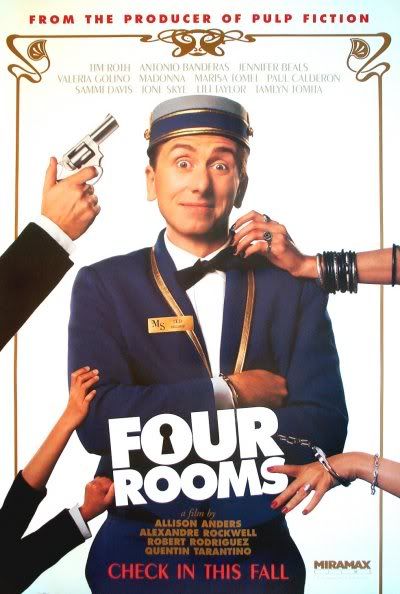Sergiu
0
- Joined
- Aug 6, 2009
- Messages
- 29
- Points
- 0
I wasn't sure exactly which section this should go in, and i thought multimedia was best. Anyways, ive been trying to take pictures of space, and ive been using 30 second exposure times, F 2.8, and without any zoom, and what i can see on the pictures is almost as much as i could see with my naked eye.. any suggestions as to how to be able to see the milky way and a bunch more stars? By the way im using a Sony CyberShot DSC V-1. Thanks guys







